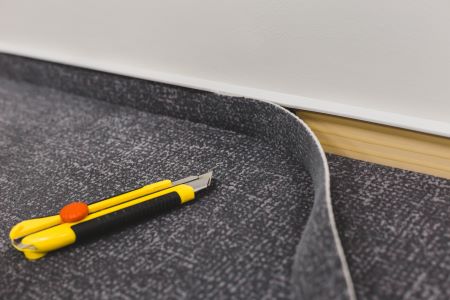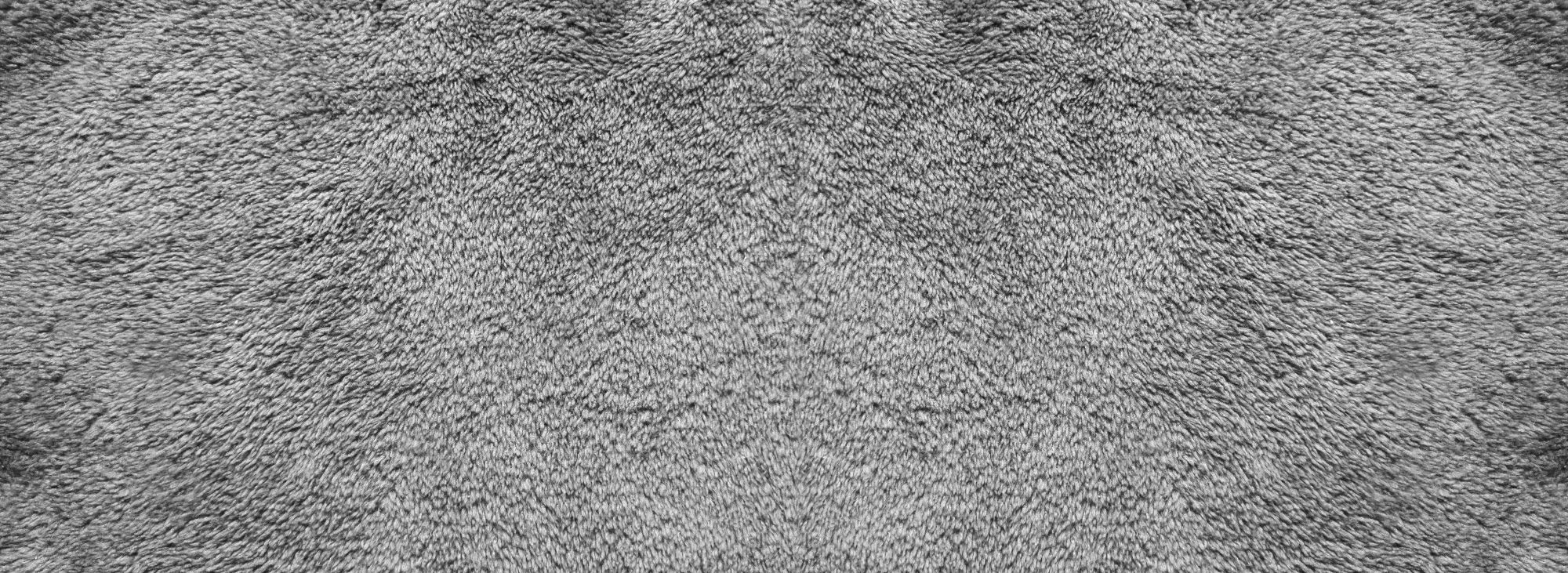Carpeting is a popular flooring choice in many homes and businesses due to its comfort, insulation properties, and aesthetic appeal. However, over time, carpets can become damaged, leading to issues such as stretching, wrinkling, or seam separation. These problems not only affect the carpet’s appearance but can also pose tripping hazards and reduce the overall longevity of the flooring. Fortunately, there are various methods to address these issues, including carpet patching services, fixing carpet damage, and carpet seam repair.
In this comprehensive guide, we will explore the reasons why carpets stretch or wrinkle, the potential dangers associated with damaged carpets, and the steps you can take to repair and restore your carpet’s condition. We will also discuss the importance of hiring professionals for carpet patching and repair and provide some DIY tips for minor carpet issues.
Understanding the Causes of Carpet Stretching and Wrinkling
Before delving into repair methods, it’s essential to understand why carpets stretch or wrinkle in the first place. Several factors can contribute to these issues:
Poor Installation: One of the most common causes of carpet stretching and wrinkling is improper installation. If the carpet was not stretched and secured correctly during installation, it is more likely to develop wrinkles and ripples over time.
Humidity and Temperature Fluctuations: Changes in humidity and temperature can affect the dimensions of carpet fibers and the underlying padding. As a result, carpets can expand and contract, leading to wrinkles and buckles.
Heavy Furniture: Placing heavy furniture on a carpet without proper support or padding can cause indentations and stretch the carpet beneath the furniture legs, resulting in wrinkles.
Aging and Wear: As carpets age and experience regular foot traffic, they can lose their elasticity and become more prone to stretching and wrinkling.
Water Damage: Exposure to water or moisture can weaken the adhesive used to secure carpets to the floor, leading to stretching and wrinkling.
The Dangers of Damaged Carpets
While a stretched or wrinkled carpet may seem like a minor inconvenience, it can pose several dangers and problems:
Tripping Hazards: Wrinkles and ripples in a carpet can create tripping hazards, especially for children, the elderly, or individuals with mobility issues.
Reduced Aesthetic Appeal: A damaged carpet can significantly affect the overall look and feel of a room, making it less visually appealing.
Decreased Longevity: Stretching and wrinkling can accelerate carpet wear and tear, reducing its lifespan. This means you may need to replace the carpet sooner than expected.
Difficulty Cleaning: A damaged carpet can trap dirt and debris more easily, making it harder to clean and maintain.
Structural Damage: If left unaddressed, stretched or wrinkled carpet can cause structural damage to the underlying flooring, requiring costly repairs.
Repairing Stretched or Wrinkled Carpets
Now that we understand why carpets stretch or wrinkle and the potential consequences, let’s explore the methods for repairing and restoring damaged carpets:
Carpet Stretching:
Carpet stretching is the process of re-tensioning the carpet to remove wrinkles and ripples. This is typically done by professionals who have the tools and expertise required for the job.
Here’s a step-by-step guide to carpet stretching:
Step 1: Remove Furniture: Clear the room of any furniture or obstacles that may obstruct the stretching process.
Step 2: Inspect the Carpet: Examine the carpet to identify the areas with wrinkles and ripples.
Step 3: Secure One End: Using a power stretcher, secure one end of the carpet to a wall or the tack strip along the perimeter of the room.
Step 4: Stretch the Carpet: Gradually stretch the carpet in the direction opposite to the wrinkles, using the power stretcher. Be careful not to overstretch, as this can damage the carpet.
Step 5: Trim Excess: Once the carpet is stretched taut, trim any excess material along the edges.
Step 6: Reattach to Tack Strips: Secure the stretched carpet to the tack strips around the room’s perimeter.
Step 7: Replace Furniture: Once the carpet is properly stretched and secured, you can return the furniture to its original position.
Carpet Patching:
In cases where the carpet is irreparably damaged or has stubborn stains, carpet patching may be a suitable solution. This involves cutting out the damaged section of the carpet and replacing it with a matching or complementary piece. Carpet patching can be a complex task, and it is often best left to professionals.
Here’s a simplified overview of the carpet patching process:
Step 1: Identify the Damage: Determine the extent of the damage and mark the area that needs to be patched.
Step 2: Remove the Damaged Section: Carefully cut out the damaged portion of the carpet, making sure the edges are clean and even.
Step 3: Prepare the Replacement Piece: Cut a replacement piece of carpet from an inconspicuous area, such as a closet, or use spare carpet remnants.
Step 4: Attach the Replacement: Apply adhesive to the back of the replacement piece and carefully position it in the cut-out area.
Step 5: Blend the Seams: Ensure the seams are smooth and inconspicuous by pressing down on the patch and blending the fibers.
Step 6: Allow to Dry: Give the adhesive time to dry and bond the patch to the surrounding carpet.
Step 7: Trim Excess: Trim any excess fibers or uneven edges to create a seamless appearance.
Carpet Seam Repair:
Carpet seams can also become damaged over time, leading to separation and visible lines. Repairing carpet seams typically requires the services of a professional, as it involves specialized tools and techniques.
Here’s an overview of the carpet seam repair process:
Step 1: Locate the Seam: Identify the area where the carpet seam has separated or become damaged.
Step 2: Remove the Damaged Seam: Carefully lift the edges of the carpet to expose the seam and remove any damaged or loose threads.
Step 3: Apply Seam Tape: Professional carpet installers often use seam tape, which is a special adhesive tape designed for carpet seams. The tape is applied to one side of the seam.
Step 4: Heat and Press: Heat is applied to the seam tape, activating the adhesive. The two pieces of carpet are then pressed together firmly to create a seamless bond.
Step 5: Trim Excess: Once the seam is repaired and the carpet has cooled, any excess fibers or adhesive are trimmed to ensure a smooth, even appearance.
Hiring Professionals for Carpet Repair
While some carpet issues may be suitable for DIY repair, many cases require professional expertise. Here are some reasons why you should consider hiring professionals for carpet repair:
Experience and Expertise: Professional carpet repair technicians have the knowledge and experience to assess the damage accurately and choose the most appropriate repair method.
Specialized Tools: Carpet repair often requires specialized tools and equipment, such as power stretchers, seam irons, and seam tape, which professionals have at their disposal.
Matching Materials: Professionals can source matching carpet materials for patching and replacement, ensuring a seamless repair.
Safety: Working with heavy tools and equipment, especially during carpet stretching, can be hazardous. Professionals are trained to prioritize safety during repairs.
Time and Convenience: Hiring professionals can save you time and effort, as they can complete repairs efficiently, allowing you to enjoy your carpet sooner.
DIY Tips for Minor Carpet Issues
While major carpet stretching, patching, or seam repair should be left to professionals, there are some minor carpet issues you can address on your own. Here are some DIY tips for common minor carpet problems:

Fixing Small Wrinkles:
Small wrinkles or ripples near the edges of the carpet can often be smoothed out without professional intervention. Use a knee kicker or a carpet stretcher if available. Gently push and stretch the carpet towards the wall, then reattach it to the tack strip. Trim any excess carpet if needed.
Repairing Snags and Pulls:
If you notice a snag or a pulled loop in the carpet, you can carefully trim the loose thread with scissors. Be cautious not to cut too much, as this can make the damage worse.
Dealing with Stains:
For minor stains, blot the area with a clean, white cloth or paper towel to absorb as much of the spill as possible. Then, use a carpet stain remover according to the product’s instructions. Always test the stain remover on an inconspicuous area of the carpet first to ensure it doesn’t cause discoloration.
Preventing Further Damage:
To prevent further damage to your carpet, consider using furniture coasters or pads under heavy furniture legs. Regularly vacuum and clean your carpet to remove dirt and debris that can contribute to wear and tear.
In conclusion, repairing a stretched or wrinkled carpet is essential not only for aesthetic reasons but also for safety and the longevity of your flooring. Understanding the causes of carpet damage, the dangers associated with it, and the various repair methods available, including carpet patching services, fixing carpet damage, and carpet seam repair, can help you make informed decisions when facing carpet issues.
While some minor carpet problems can be addressed with DIY solutions, it’s advisable to hire professionals for more complex repairs, as they have the expertise, tools, and materials to ensure a successful outcome. Regular maintenance and proper care can also help extend the life of your carpet and reduce the likelihood of future damage, saving you time and money in the long run.
If you find your carpet in need of repair, don’t hesitate to contact a reputable carpet repair and restoration service to assess the damage and provide a tailored solution. A professionally repaired carpet can transform your space, making it safer, more appealing, and longer-lasting for years to come.

